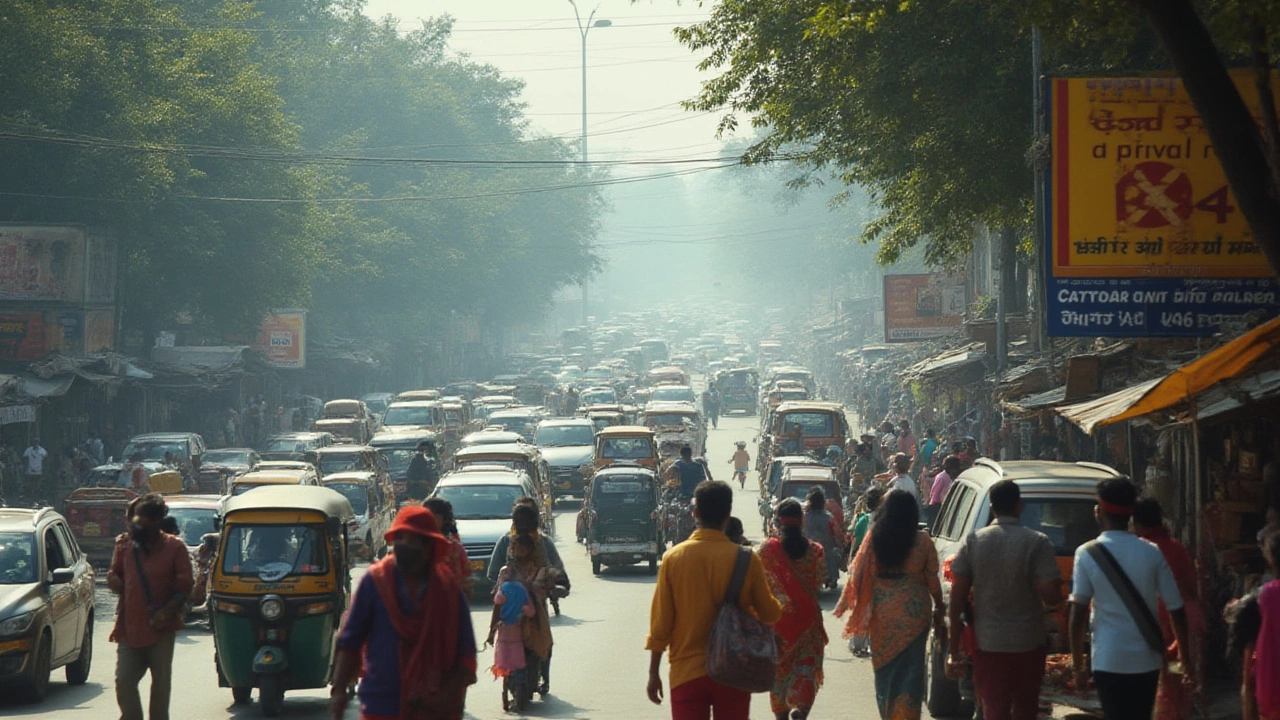Engine Ban India – What You Need to Know Right Now
India is moving fast to curb pollution, and one of the biggest steps is the engine ban on older diesel and petrol vehicles. If you own a car, run a fleet, or work in the auto sector, you’ll feel the impact. This guide breaks down the key points, explains why the ban matters, and shows you how to stay on the right side of the law.
Why the Engine Ban Is Happening
The government says that old engines release far more smoke and carbon than newer models. Cities like Delhi and Mumbai have seen sky‑high smog levels, and health officials link that to respiratory problems. By shutting down the most polluting engines, the ban aims to clean the air, meet climate goals, and push the market toward cleaner technology.
Another driver is the push for electric vehicles (EVs). When the old engines disappear, buyers have a stronger reason to consider EVs or hybrids, which helps manufacturers meet future emission targets.
How the Ban Works and Who Is Affected
The rule isn’t a sudden stop‑everything‑tomorrow order. It rolls out in phases based on engine size, age and emission standards. For example, diesel cars older than 15 years and petrol cars older than 20 years are slated for removal first. Vehicles that don’t meet the Bharat Stage VI (BS‑VI) norm are also in the crosshairs.
If you own a vehicle that falls under the ban, you have three main options:
- Scrap it and claim a government incentive that can cover part of the cost of a new, compliant car.
- Upgrade the engine to meet BS‑VI standards, though this can be expensive and isn’t always possible.
- Switch to an electric or hybrid model, which often comes with tax breaks and lower running costs.
Fleet operators need to plan ahead. Most companies are already auditing their vehicles to see which ones will be banned first. Early planning can avoid costly last‑minute scramble.
For manufacturers, the ban means redesigning models to meet stricter emission norms or adding more EV options to the lineup. Many are already investing in clean‑tech factories, which also aligns with India’s Make in India push.
What about the resale market? Used‑car values for older, non‑compliant models are expected to drop sharply. Buyers are looking for cars that will stay legal for at least the next five years, so clean, newer models are gaining a premium.
Finally, the ban has a direct benefit for the environment. Early estimates suggest that removing the oldest engines could cut city‑wide particulate matter by up to 20% within a few years. Cleaner air means fewer hospital visits and a healthier workforce.
Bottom line: the engine ban in India is a real, phased policy that will reshape how we drive, buy and build cars. Staying informed, checking your vehicle’s compliance status, and exploring upgrade or replacement options now will save you time, money and headaches later.

Why India Banned BS4 Diesel and Petrol Engines: The Shift to BS6 Standards
Discover which engines are banned in India, why the BS4 diesel and petrol engines got the boot, the impact on vehicles, and what the BS6 standards actually mean for drivers and businesses.
